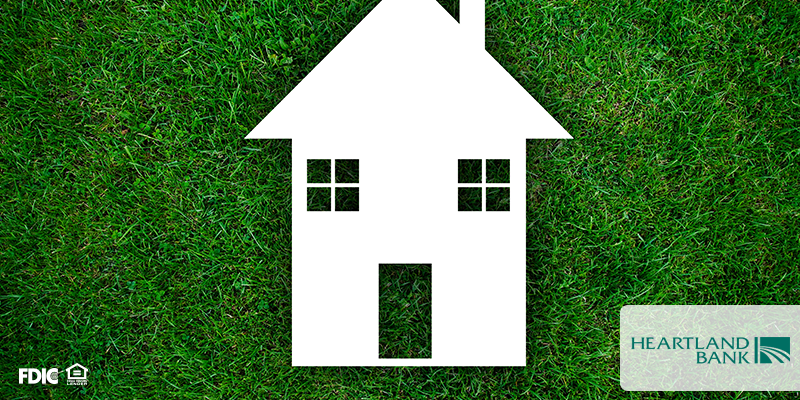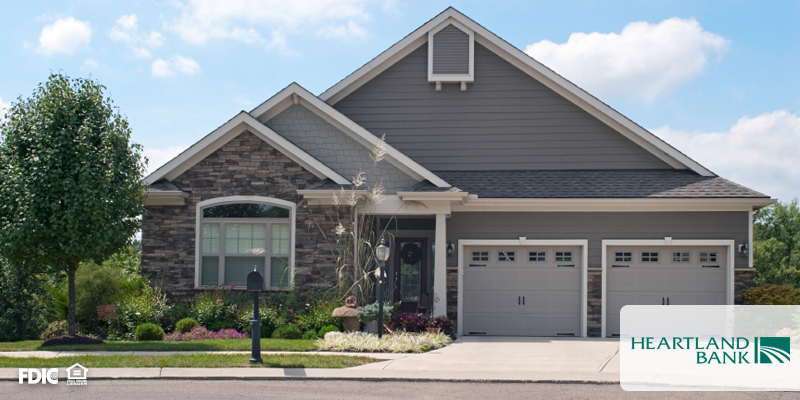
With pockets full of dollar bills and a list of dream finds in hand, serious garage sale goers are perking up for the upcoming season. Become a pro deal-spotter by harnessing some of their top tricks of the trade!
- Check for warranties: Even if they’re dinged or damaged, goods by brands like Craftsman and Chaco may offer lifetime warranties if you send them in for repair. Avoid: Electronic-based gadgets – everything from blenders to tablets – as they’re likely past warranty and cost more to repair than buy new.
- Snap up fun novelty items: Infrequently used finds like wedding accessories, costume sets, and kitchen appliances can be pricey when purchased brand new. You can buy these gently-used finds for a fraction of the original cost! Avoid: Holiday-themed wares that you’ll use once, store for the year, and toss out at your own yard sale.
- Think a few seasons ahead: A summer yard sale will be loaded with wintertime treasures. Scope out pricier outerwear like parkas and boots, while keeping your eye out for cross-country skis, durable metal shovels, and other seasonal goods marked at a steep discount. Avoid: Cold weather apparel worn close to the skin, such as hats and long underwear. Also, be wary of major items like snow blowers and snowmobiles, which may require costly repairs that outweigh the price of a newer model.
- Shop for the kids: When they’re set to outgrow clothes every few months, garage sales are a treasure trove of inexpensive apparel for infants through teens. Be on the lookout for limited-use clothing like costumes and formalwear to save big during special occasions. Avoid: Cribs and car seats which are frequently recalled, soft toys that can’t be easily washed or sterilized, and truly vintage toys which may pose the risk of lead-based paint.
- See Beyond the Paint: Furniture can be a phenomenal find if you’re willing to put in some extra effort. A new finish or a fresh coat of paint can make all the difference on wood & metal furniture. Avoid: Mattresses and upholstered items which may have unknown stains or trapped in odors.




